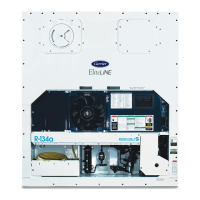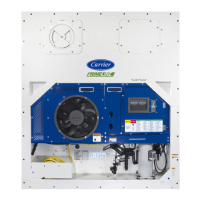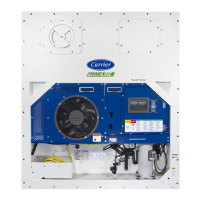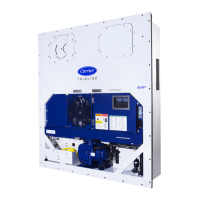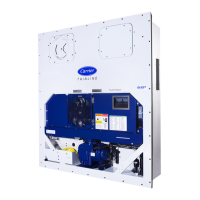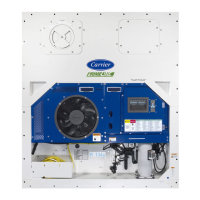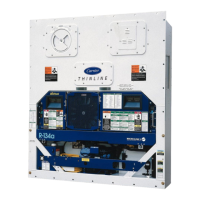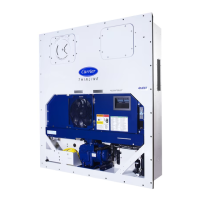What to do if my Carrier 69NT40-511-1 Refrigerator unit will not start?
- LLauren LawrenceJul 29, 2025
If your Carrier Refrigerator unit won't start, it could be due to several reasons. First, ensure the external power source is turned on. Then, check if the Start-Stop switch is in the OFF position or is defective. Also, verify that the circuit breaker hasn't tripped or is in the OFF position. Finally, confirm that the modular transformer is properly connected.



